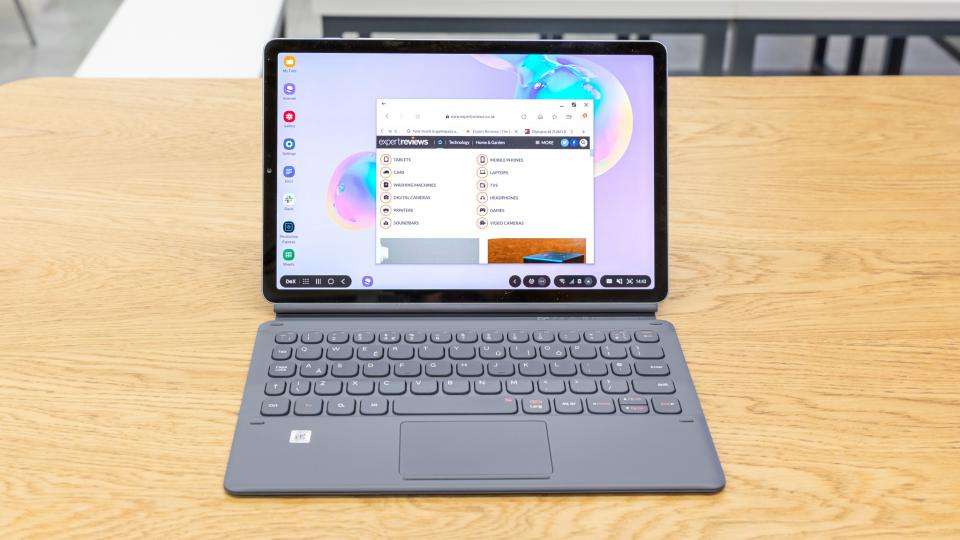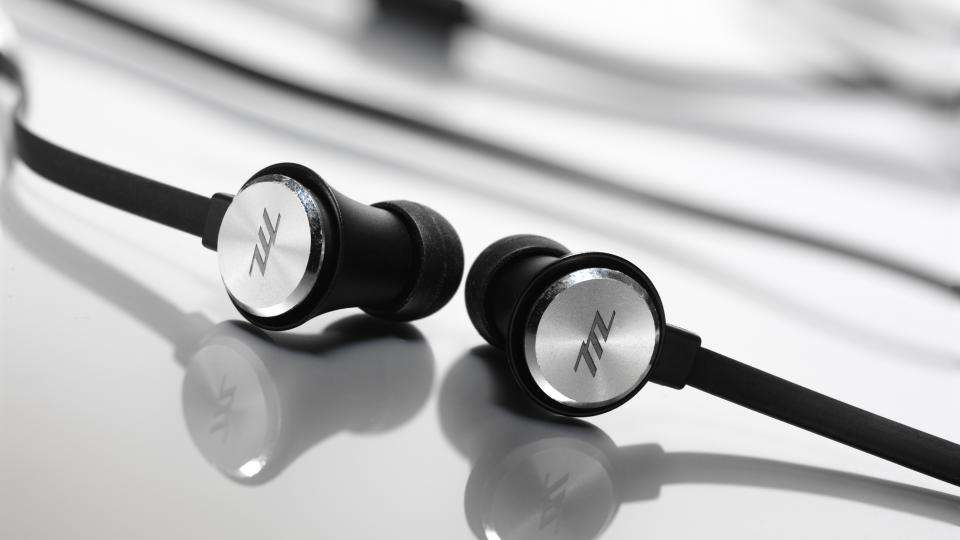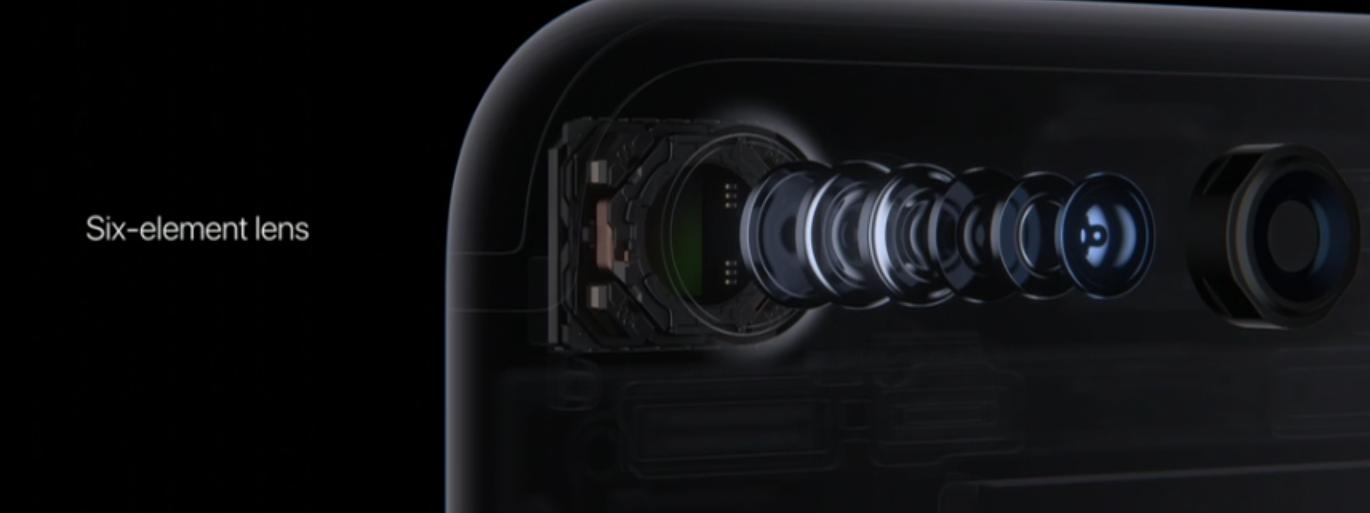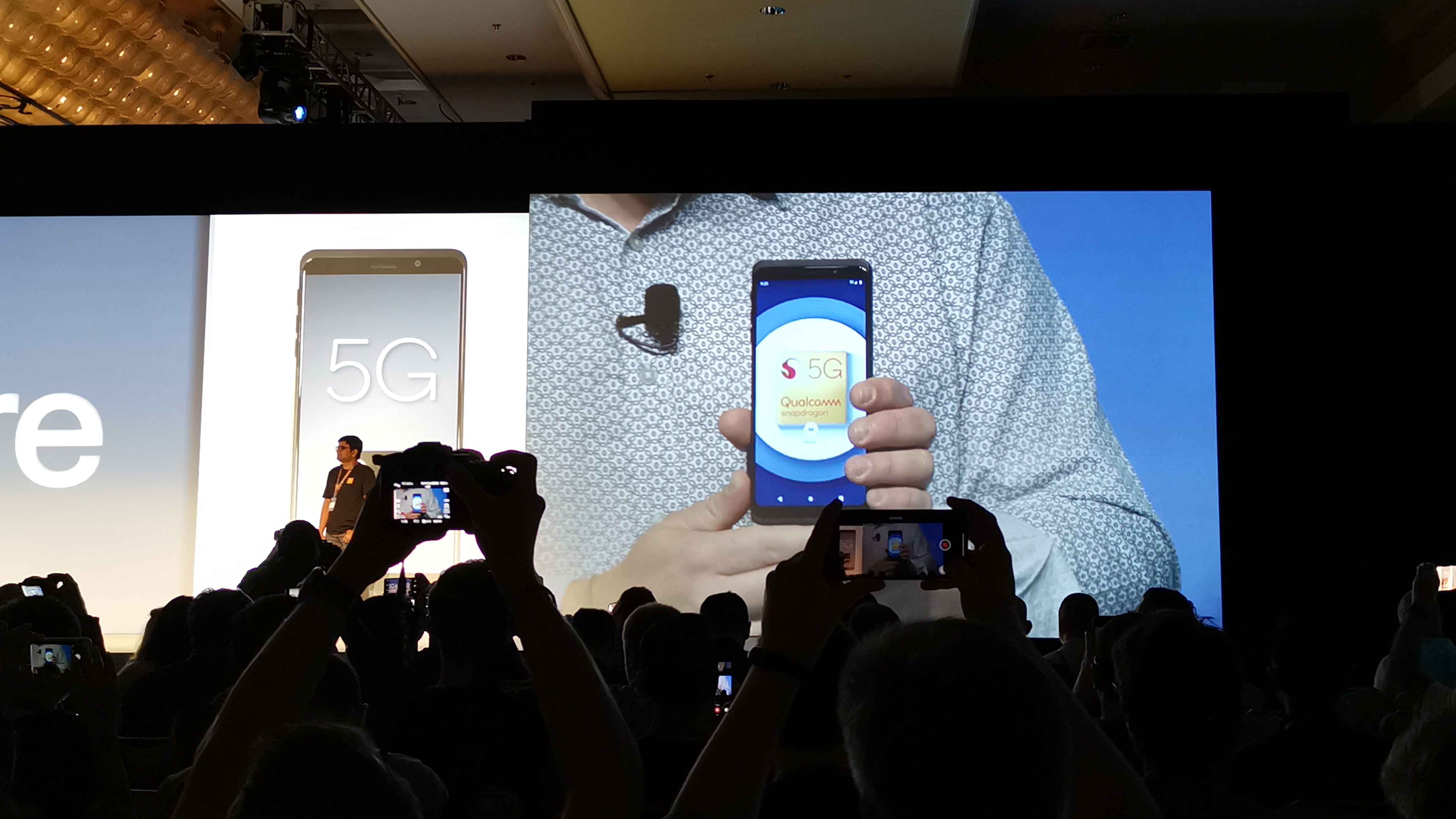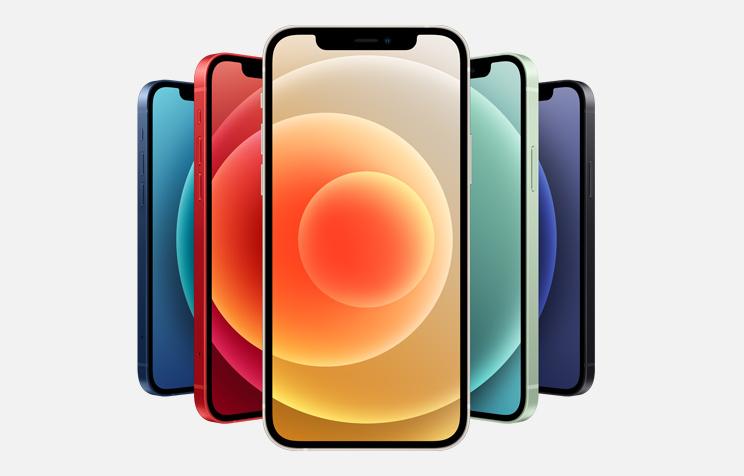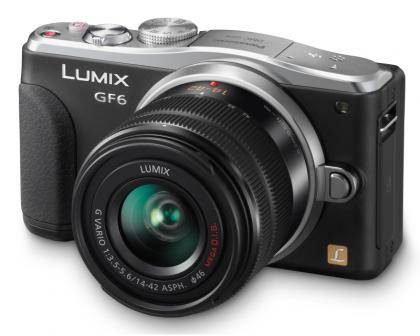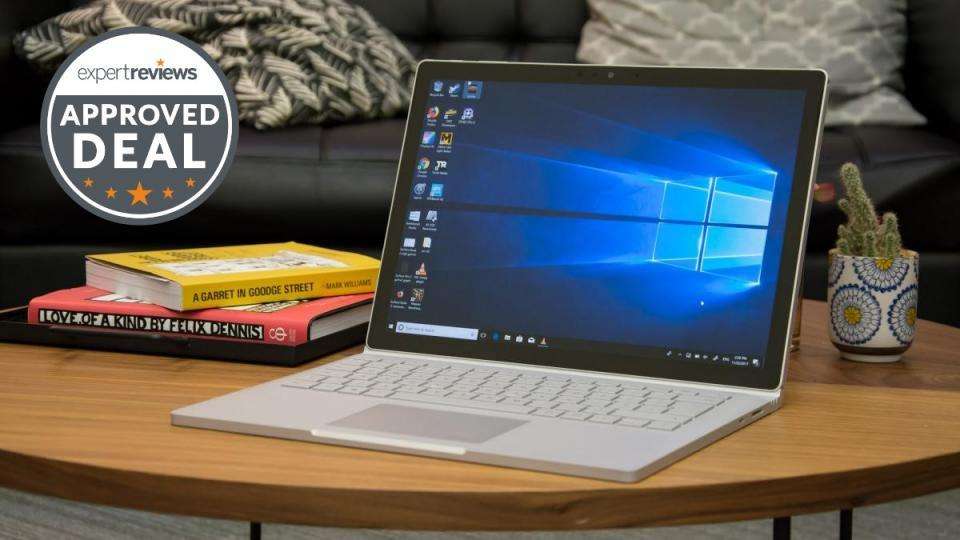Not all USB-C cables are equal. While they may look similar on the outside, the difference between a certified usb c cables and a generic one can impact everything from device performance to personal safety. A certified USB-C cable ensures fast charging, secure data transfer, and long-term reliability. It’s also built to prevent overheating, device damage, or connection failure. When you choose a cable like the Anker 643 USB-C to USB-C Cable (Flow, Silicone), you're choosing more than just looks—you're investing in proven quality and lasting durability.
Key Indicators of a Certified, Safe USB-C Cable
Power Delivery and Charging Efficiency
The first indicator of a certified USB-C cable is its ability to support Power Delivery (PD) charging. Certified cables must handle higher wattages without overheating or compromising performance. The Anker 643 USB-C to USB-C Cable supports 100W fast charging, which is powerful enough to charge smartphones, tablets, and even USB-C laptops quickly and safely—when paired with a compatible 100W charger. This high power output isn't just about speed. It ensures the cable can deliver stable voltage across different devices without causing battery strain or charging interruptions. Many uncertified cables claim to support fast charging but fail to manage power consistently, which can damage sensitive hardware over time. Certified cables, on the other hand, are designed and tested to ensure safe energy transfer under a variety of charging conditions.
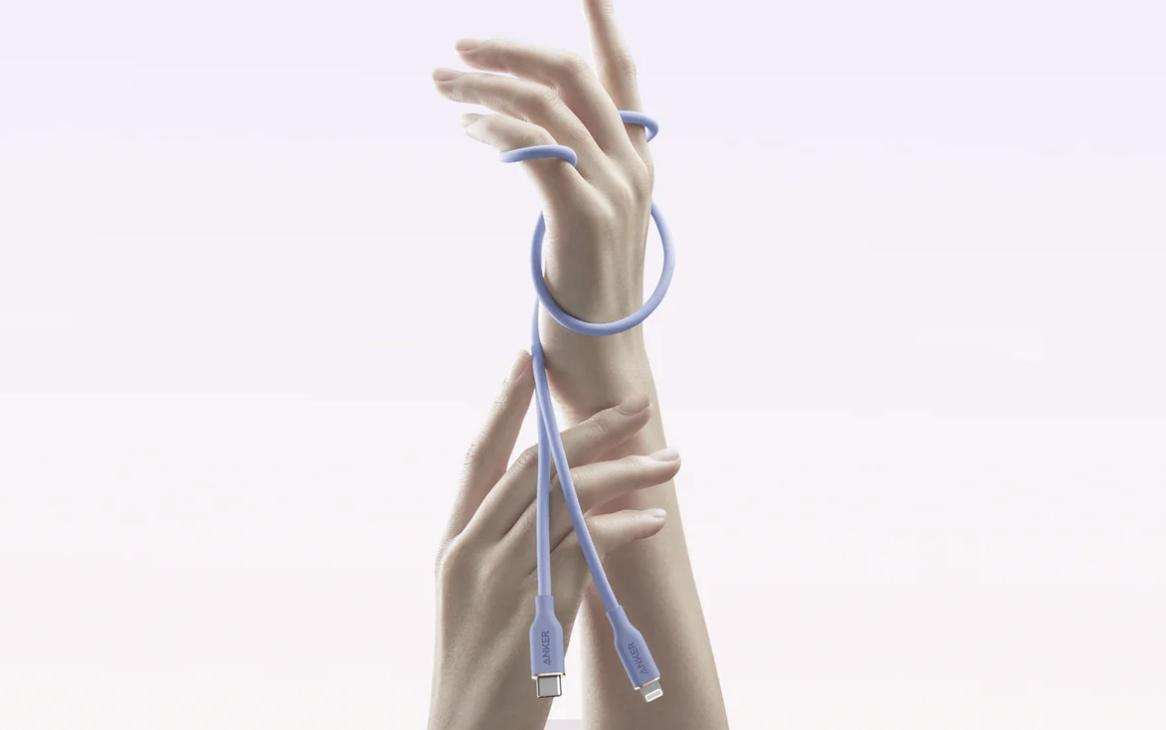
Build Quality and Durability
Durability plays a huge role in long-term safety. A cable that breaks easily at the connector or frays near the plug can expose wiring and become a hazard. Certified cables go through rigorous bend tests and durability evaluations to ensure they can handle repeated use. The Anker 643 USB-C Cable is built with 25,000-bend lifespan durability, which means it can handle everyday wear and tear with ease. What sets this cable apart isn’t just its endurance—it’s how it feels. Its silicone coating offers a uniquely soft and flexible touch, making it both comfortable to use and resistant to tangles. Whether you wrap it around a power bank, toss it into a backpack, or pull it out of a tight tech pouch, it resists knots and deformation. This flexibility also contributes to safety. Stiff or low-quality cables can crack under pressure, breaking the internal wiring or causing unstable connections. With the Anker 643’s soft exterior and reinforced internal structure, those risks are virtually eliminated.
USB-IF Compliance and User Transparency
USB-IF certification is one of the clearest signs that a USB-C cable meets international safety and interoperability standards. While not every safe cable carries this official stamp, most trusted brands, including Anker, ensure their products comply with these specifications internally—even if they choose not to label them as “certified” in marketing copy. Beyond certification, transparency plays a huge role in consumer trust. Anker provides clear specs about what the 643 Cable supports, what it doesn’t, and how to pair it properly with high-wattage adapters for optimal performance. You know exactly what you're getting: a cable optimized for charging, not for video output, and built to support full-speed delivery when connected to the right wall charger.
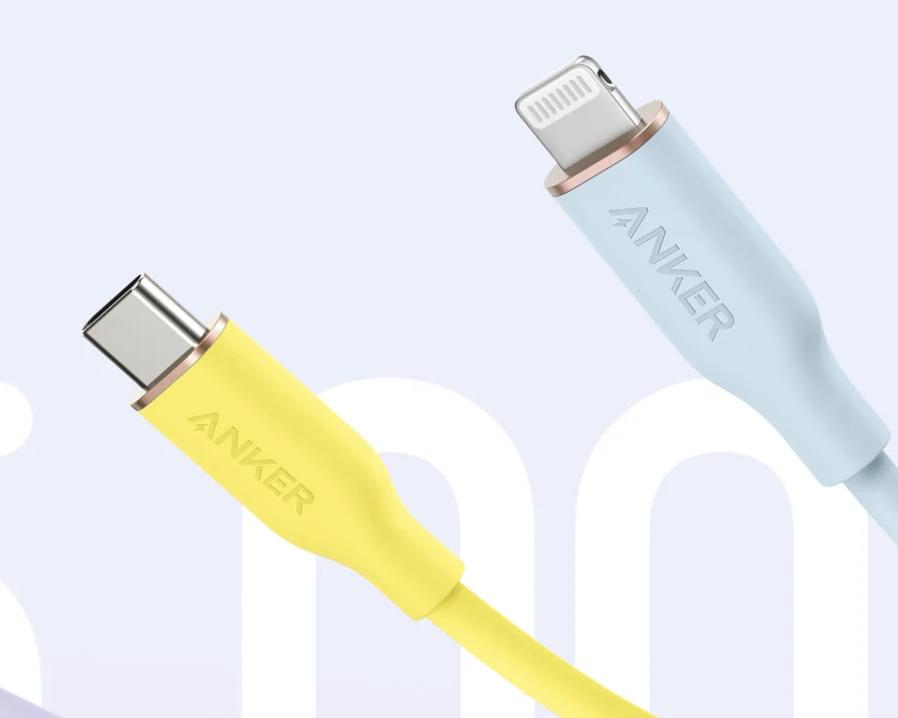
Conclusion
A certified USB-C cable isn’t just about speed—it’s about protection. It ensures consistent power delivery, reliable construction, and clear usage expectations. The Anker 643 USB-C to USB-C Cable (Flow, Silicone) combines all these factors with a unique edge: it’s incredibly soft, flexible, and durable. It handles 100W fast charging, survives 25,000 bends, and stays tangle-free, even in the busiest bags or tightest spaces. Choosing a cable isn’t just about what plugs into your device—it’s about what protects it behind the scenes. By opting for a thoughtfully engineered solution like the Anker 643, you’re investing in safer, faster, and longer-lasting charging. It’s a small change that makes a big difference in daily use—one you’ll feel every time you reach for your cable.


